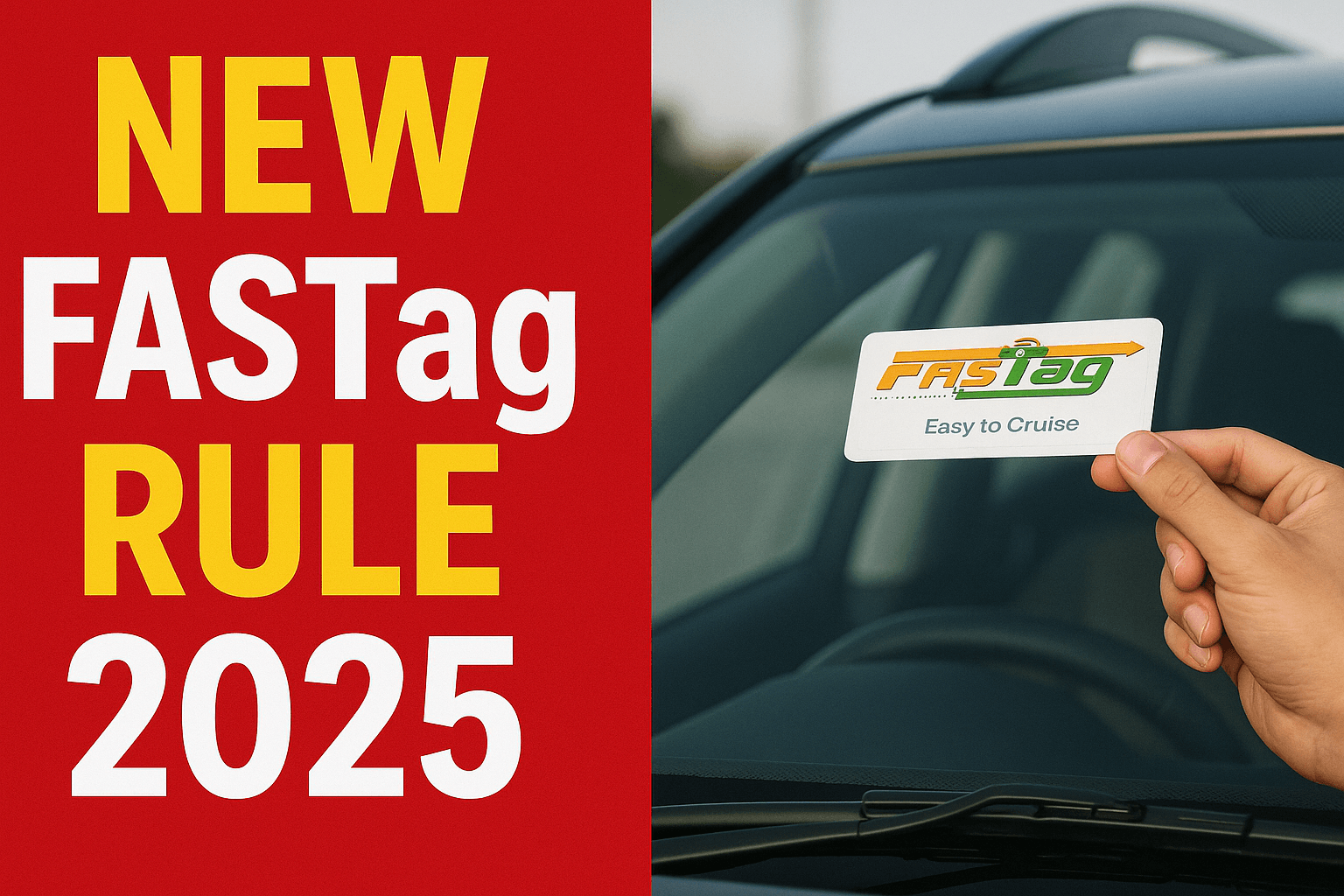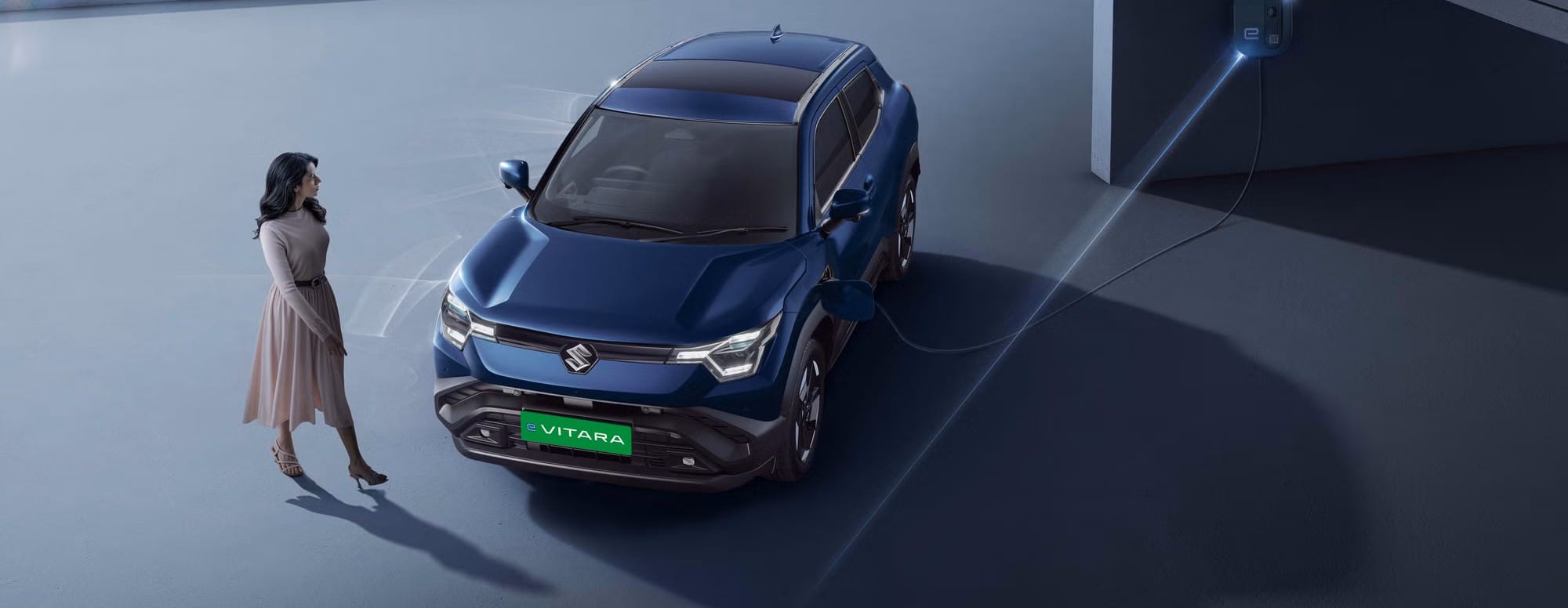Tesla’s Robotaxi Launch in Austin
Tesla is taking a bold leap forward with its upcoming Robotaxi launch in Austin, Texas. This move marks a major step toward the company’s long-promised vision of fully autonomous vehicles. Elon Musk has talked about Robotaxis for years, and now it seems that vision may finally be hitting the road—starting in Austin.
But while the announcement has generated excitement, it also raises a lot of important and unanswered questions. From technology to safety, from regulation to pricing, there’s still much we don’t know.
In this blog, we’ll explore everything Tesla hasn’t told us yet—and why those answers matter.
What Is Tesla’s Robotaxi?
Tesla’s Robotaxi is a fully autonomous, driverless ride-hailing vehicle powered by the company’s Full Self-Driving (FSD) software. These electric vehicles are designed to pick up passengers and drive them to their destinations without a human driver behind the wheel.
The goal is to create a network of self-driving Teslas that can operate like Uber or Lyft—but with no one in the driver’s seat. Eventually, Tesla aims to make this service widely available, and Austin is the first step in that rollout.
Why Austin, Texas?
Austin makes sense for a number of reasons. It’s home to Tesla’s Gigafactory Texas, a major production hub for the company’s Model Y and Cybertruck. The city has also become a growing tech hotspot, with a younger, innovation-friendly population.
Additionally, Texas has more relaxed regulations around autonomous vehicles, which could help Tesla move faster than it might in other states. Austin’s infrastructure, weather, and demographics also make it an ideal testing ground for Tesla’s Robotaxi fleet.
1. Is Tesla’s FSD Technology Ready?
Tesla’s Full Self-Driving software has been in beta testing for years. While it continues to improve, many experts believe it’s not yet capable of Level 5 autonomy—the level at which a vehicle can operate under all conditions without any human intervention.
If Tesla launches Robotaxis that still require driver supervision or face limitations in certain environments, the service may fall short of expectations. Without clarity on how capable FSD is in real-world traffic, questions around readiness remain front and center.
2. How Will Tesla Navigate Regulations?
Self-driving cars face a patchwork of federal, state, and city regulations. In some places, autonomous vehicles must have safety drivers present. In others, permits are required to operate commercially.
Tesla has not provided specific details on how it plans to comply with local laws in Austin or whether it has already secured the necessary approvals. Until those details are shared, regulatory uncertainty is a major concern.
3. What Are the Safety Protocols?
Tesla often says its vehicles are safer than human drivers, but safety incidents involving Autopilot and FSD have been well-publicized. In a driverless Robotaxi, what happens if a passenger feels unsafe? How will Tesla handle emergencies or system failures?
Tesla has yet to publish detailed safety protocols, response systems, or backup procedures for Robotaxi operations. Without these answers, it’s hard to assess how safe the experience will be for everyday riders.
4. What Will It Cost?
Tesla claims that removing the driver will reduce operating costs, making rides cheaper than Uber or Lyft. But no official pricing has been announced.
Will Tesla pass those savings on to consumers? Or will the Robotaxi launch as a premium service aimed at early adopters? Pricing will be critical for public adoption, especially in cities where affordable transportation is a top priority.
5. Who Owns the Robotaxis?
Tesla has mentioned two possible models: one where the company owns and operates the Robotaxi fleet, and another where Tesla owners can rent out their cars on a shared network.
So far, it’s unclear which model the Austin launch will follow. If owners are allowed to participate, it could change how people think about car ownership, turning vehicles into money-making assets. But it also raises logistical and liability issues.
6. What About Insurance and Liability?
One of the biggest unanswered questions is this: Who is responsible if a Robotaxi crashes or causes injury? Is it Tesla? The passenger? A third-party insurer?
Tesla has not explained how it will handle insurance, liability, or claims in an autonomous service. These legal gray areas must be addressed before mass deployment can happen safely and responsibly.
7. Will Tesla Deliver On Time?
Tesla has a history of setting ambitious timelines—and missing them. Elon Musk first promised a Robotaxi network back in 2020. As of mid-2025, the service still hasn’t launched.

Now, with Austin being named as the likely starting point, the big question is whether Tesla will finally deliver. Given the technical, legal, and operational challenges, it’s fair to ask: Is this another bold idea that’s still years away?
Conclusion
Tesla’s Robotaxi launch in Austin is a big moment for both the company and the future of transportation. If successful, it could mark the beginning of a new era in autonomous ride-hailing services.
But right now, the excitement is mixed with uncertainty. Key questions about technology, safety, regulation, pricing, and legal responsibilities remain unanswered.
Until Tesla provides more details, we’re left to wonder: Is the world really ready for driverless taxis? And more importantly—are they ready for us?
As always with Tesla, the future moves fast. But this time, it’s not just about speed—it’s about trust, safety, and delivering on promises.
For more such car reviews, subscribe to our YouTube channel: Car War
Instagram I’d: Car War
Read more car reviews: Car War








